i3S team wins prize for the best scientific article
A team of researchers led by Pedro Granja was awarded the 2024 Best Article Award published in the scientific journal Polymers. The article describes a study carried out to evaluate the degradation of a bioabsorbable dressing, made of fibers with nanometric diameters, for skin regeneration.
Titled “Electrospun Polycaprolactone (PCL) Degradation: An In Vitro and In Vivo Study” and published in a special edition dedicated to the Application of Polymers in Bioengineering, the article was distinguished based on a global assessment that took into account the originality and importance of the work in the area of biomaterials, the number of citations and downloads.
Juliana Rosa Dias, researcher at the Centro para o Desenvolvimento Rápido e Sustentado de Produto (CDRSP - Center for Rapid and Sustained Product Development) at the Polytechnic of Leiria, and first author of the article, explains that the team used polycaprolactone (PCL), a synthetic biomaterial used on a large scale in research into new temporary biomedical devices, but in a modified form. As this biomaterial has slow degradation rates, researchers used PCL nanofibers produced using electrospinning, which degrade or are absorbed more quickly, and tested their effectiveness in simulated media (in vitro) and in a patch implanted in animals (in vivo).
Pedro Granja explained that for the first time “a simultaneous study (in vitro and in vivo) was carried out for 90 days for this type of structure and with this biomaterial, clearly allowing us to understand the potential of its applicability in skin regeneration” . In other words, adds Juliana Rosa Dias, “we have proven that this dressing has a short-term application and that it can be used to treat skin injuries, as it is bioabsorbable by the body”.
For Juliana Rosa Dias, this award means “an important recognition of the research work carried out, as it demonstrated the potential of using this biopolymer in short-term applications that could, in the future, revolutionize wound treatment”.

